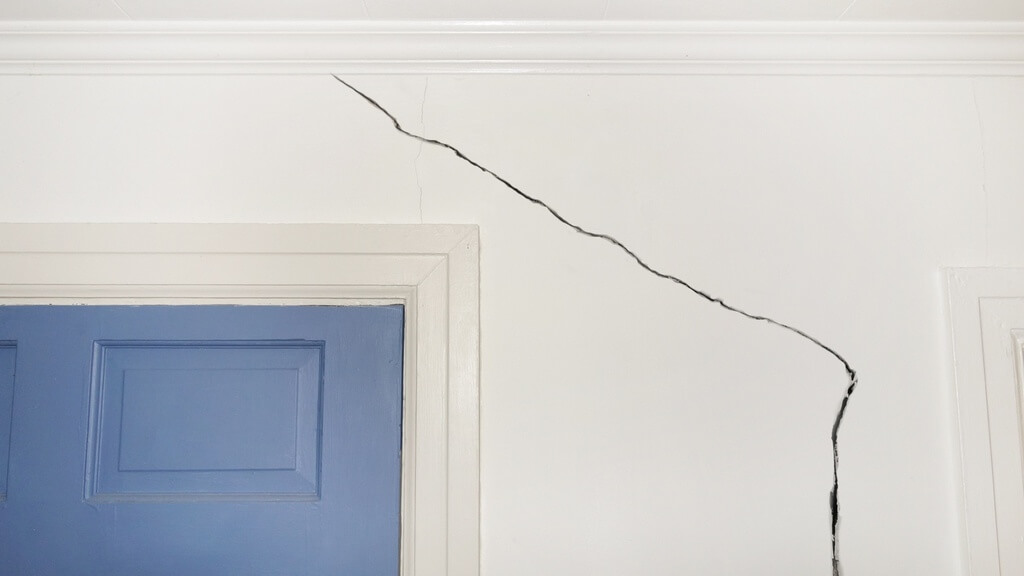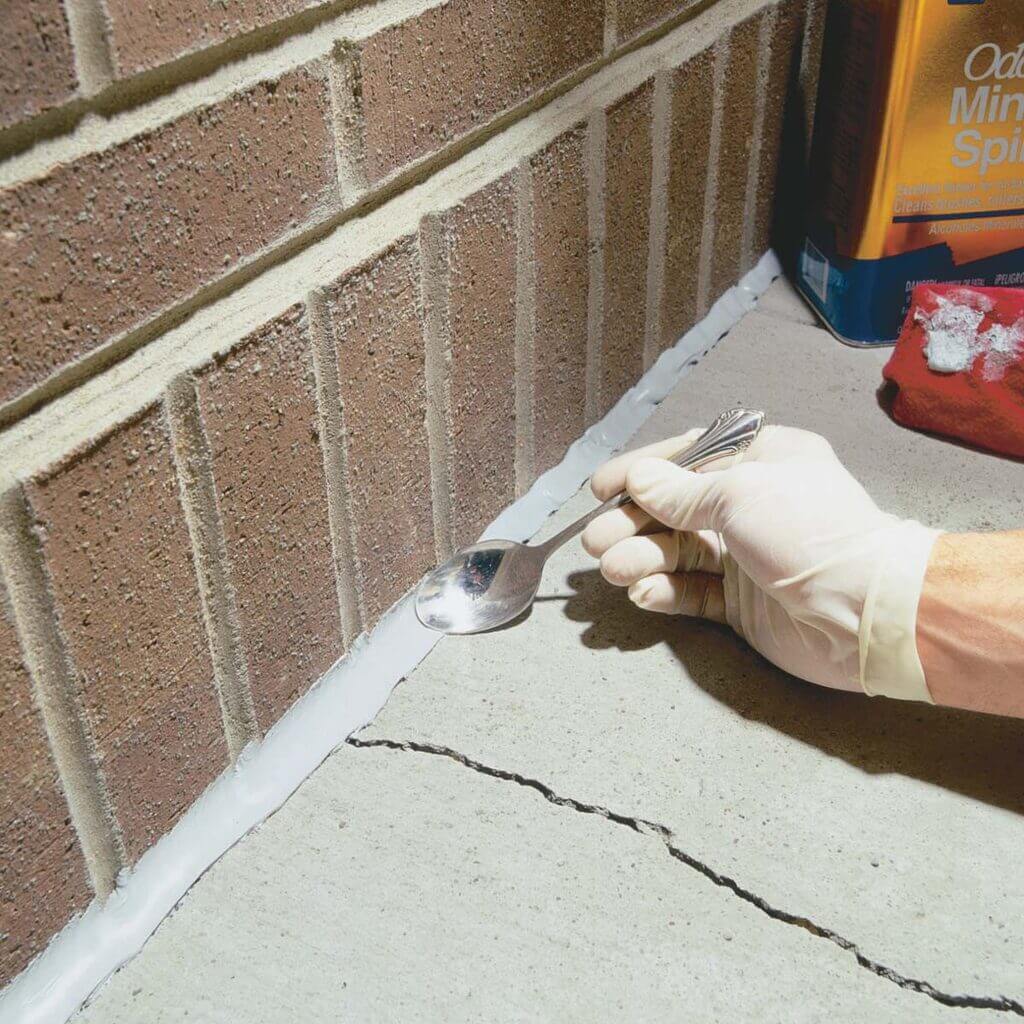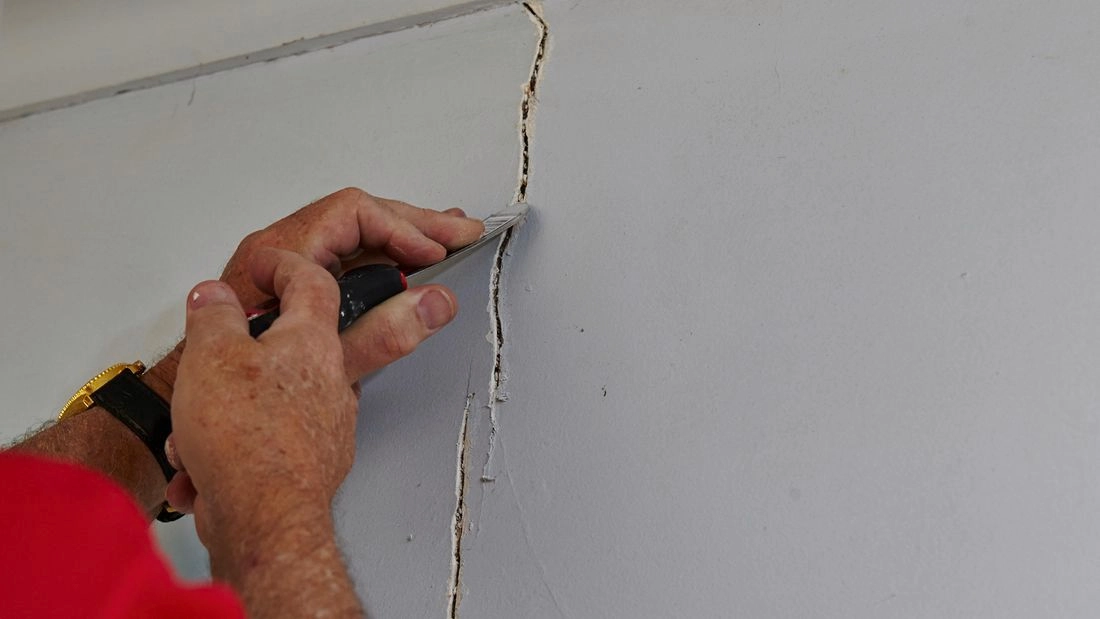A cracked asphalt surface is not only a safety hazard but also an ugly one. While this might not be a problem on a backroad, cracked asphalt in front of a residential or commercial property is a thorn in the flesh of the owner. First, it can cause your property to lose curb appeal and value; your business can lose customers and even damage vehicles.
There are different ways to repair cracks on your asphalt pavement—fill the cracks or seal the cracks. Most people use crack filling and crack sealing interchangeably, even though they are not the same. This difference doesn’t mean one method is better than the other. This post will discuss the top 5 differences between crack sealing and crack filling.
Crack Sealing

Crack sealing is a method of repairing cracks in asphalt pavement. Crack sealing aims to prevent water from entering the cracks and causing pavement deterioration. Crack sealing is also used in order to avoid the formation of potholes. Cracks in the pavement can be caused by traffic, temperature changes, and subsurface soil movement. To seal cracks, hot tar or asphalt-based material is applied to the surface of the crack.
The material is then allowed to cool and harden, forming a seal that prevents water from entering the crack. Crack sealing is an important part of maintaining asphalt pavement and should be performed regularly to prevent damage to the pavement.
Crack Filling

Crack filling is the process of filling cracks in pavement with a material that seals the crack and prevents water from trickling down into the base and subbase. Cracks can form for various reasons, including environmental factors such as temperature changes and the freeze-thaw cycle, as well as traffic loads. An unfilled crack can eventually lead to potholes or larger cracks, which can cause structural damage to the pavement.
According to Florida asphalt paving experts from ABC Paving, filling cracks as soon as they appear is the best way to prevent further damage and extend the lifespan of your pavement. Crack filling is typically done with either hot-applied asphalt or cold-applied rubberized sealant. Both materials are designed to withstand exposure to the elements and provide a long-lasting seal.
In some cases, a crack filling may also involve repairing underlying problems such as drainage system issues or settling foundation stabilization before applying the sealant material.
So, what’s the difference between these two crack repair processes?
Types of Crack Each Method Repairs

Crack sealing is used to repair cracks wider than a quarter-inch and less than an inch. These are typical cracks that form due to the expansion and contraction of the pavement due to temperature changes. Crack filling, on the other hand, is used to repair cracks smaller than a quarter-inch. These are usually surface-level cracks that have already been filled with sand or another material to prevent water from seeping down into the base and subbase layers.
Materials Used
The materials used in crack sealing differ from those used in the crack filling. Crack sealing involves the use of hot tar or asphalt-based sealant, while crack filling uses cold-applied rubberized sealant. Asphalt-based sealant is heated to a high temperature before being applied to the surface of the crack. This allows the material to flow into the crack and form a tight seal. Rubberized Sealant is applied cold and remains pliable, so it can fill small cracks and crevices.
Preparation Required
Another difference between these two methods is the level of preparation required before application. Crack sealing generally requires less preparation than crack filling. For crack sealing, all that is typically required is to clean out any loose debris from the crack and remove any vegetation.
In some cases, a primer may also be applied to the surface of the crack before the sealant is used. For crack filling, however, more extensive preparation may be necessary. This is because the rubberized sealant used in crack filling must adhere to the sides of the crack, so the surface must be completely clean and free of debris. The cracks may also need to be widened slightly with a chisel or other tool to allow the sealant to flow into the crack.
Effectiveness
Crack sealing prevents water from entering the crack and causing damage more effectively than crack filling. This is because the sealant used in crack sealing forms a tight, impenetrable barrier that prevents water from seeping into the crack. Crack filling, on the other hand, only fills the crack with a pliable material that can eventually be displaced by water.
Cost
Finally, another difference to consider is cost. Crack sealing is typically cheaper than crack filling because it requires less material and labor. However, crack filling is typically quicker and can be done in one application, while sealing may require multiple applications to fill all the cracks.
Bottom Line
So, there you have it! These are the main differences between crack sealing and crack filling. As you can see, each method has its advantages and disadvantages. Choose the right method for your needs to ensure the best possible results.
Explore More:-

